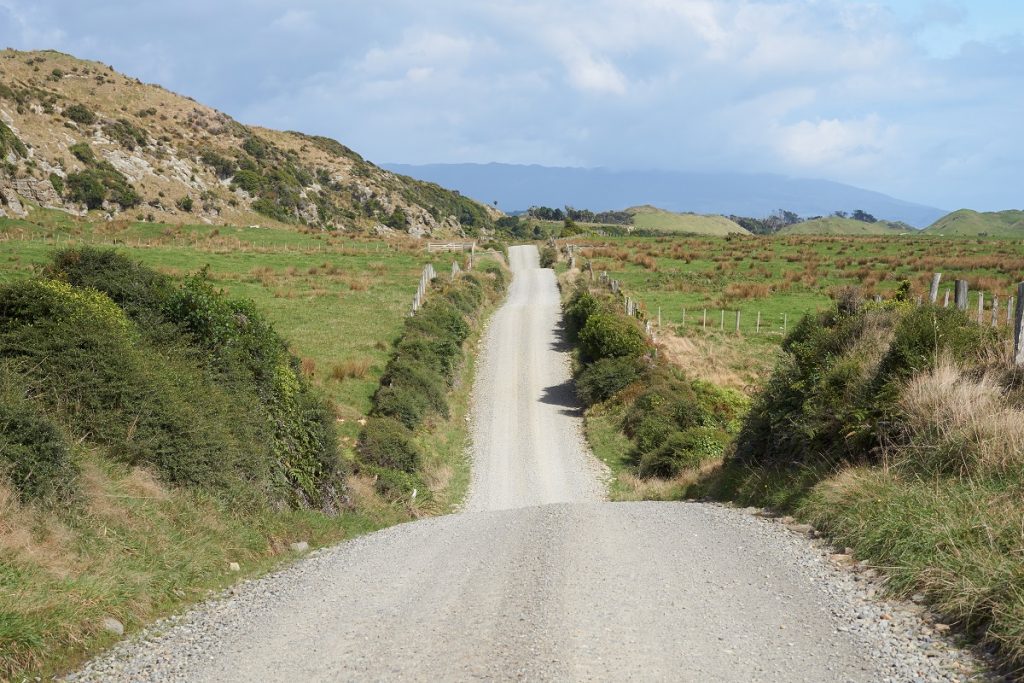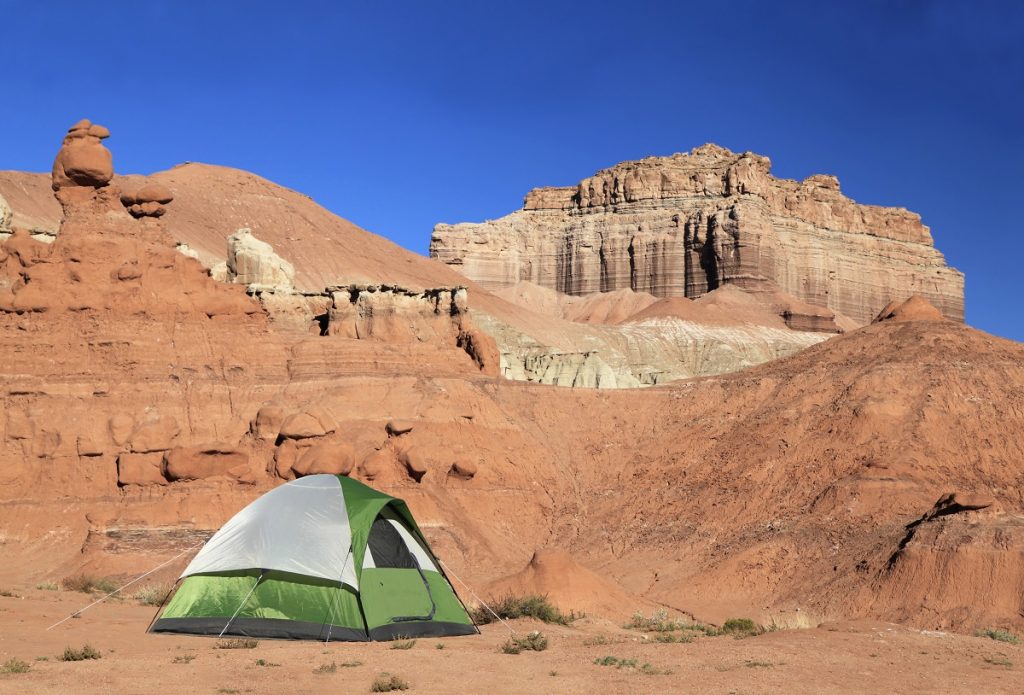Water erosion represents one of the biggest threats to the integrity of a dirt or gravel road. Unpaved roads should be graded to maintain a camber that allows water to effectively drain away from the surface, mitigating overall water damage.
One of the biggest drawbacks of roads made of dirt or gravel is that they are susceptible to gradual erosion, whether through wind, constant travel, or during adverse weather conditions such as heavy rains. Preserving the integrity of a dirt or gravel road requires a careful combination of factors to maximise the integrity of the aggregate of material.
Precipitation represents the biggest single threat to the integrity of dirt and gravel roads. The amount of rain experienced by a region often influences how the road would be built, the frequency by which it would need to be maintained, and how long it can be expected to last. To curtail the damage caused by water erosion, the roads have to be graded toward a shape that allows much of the water to drain effortlessly.
Draining Issues

The camber of a road is vital to ensuring its ability to withstand the elements. Frequently, many dirt and gravel roads end up rapidly eroding in the face of because of the accumulation of excess water, the result of an inadequate or worn camber. Rather than draining, water pools in some areas, which adds weight to the road’s surface. This weakens the overall structure and accelerates the rate of erosion.
Weather affects the frequency and intensity of maintenance. An area that experiences regular rain, for instance, would need periodic and frequent maintenance. In arid areas, on the other hand, routine maintenance may be less frequent depending on the prevailing wind; sporadic and torrential rains can, however, for lead to far more damage on an unpaved road over the course of a few days.
Topography
The topography of the land may also have an effect on the camber. In hilly elevations, the road’s camber might need to be outright lopsided to allow gravity to let water drain away.
When grading a dirt or gravel road, it should be used to create and maintain an optimal camber based on the position of the road relative to the terrain. On level ground, the road’s camber should be higher on the centre than on either side. This would help the water to drain away from the road and into a nearby gully or the surrounding landscape. This so-called crown must be higher in proportion the width of the road.
Maintenance and Infrastructure
Regular maintenance can combat gradual erosion, playing a critical role in preserving the road over the long-term. Because it is unpaved, the camber of a dirt or gravel road gradually erodes and should be regularly restored through grading. Maintaining the road’s camber, in turn, plays a key role in mitigating damage caused by rain. Most dirt road owners can hire a grader to slowly even out the holes of the surface of the infill or gravel and maintain the ideal shape and consistency of the road surface for travel.
Additional infrastructure such as roadside ditches are a necessary part of drainage and allow water to harmlessly drain away from the roadway. Ditches must be appropriately shaped to maximize the volume of water they can carry. In places where precipitation is expected to be strong, culverts may be necessary at natural drainage points and temporary streams to channel torrents of water away from the surface of the road.
